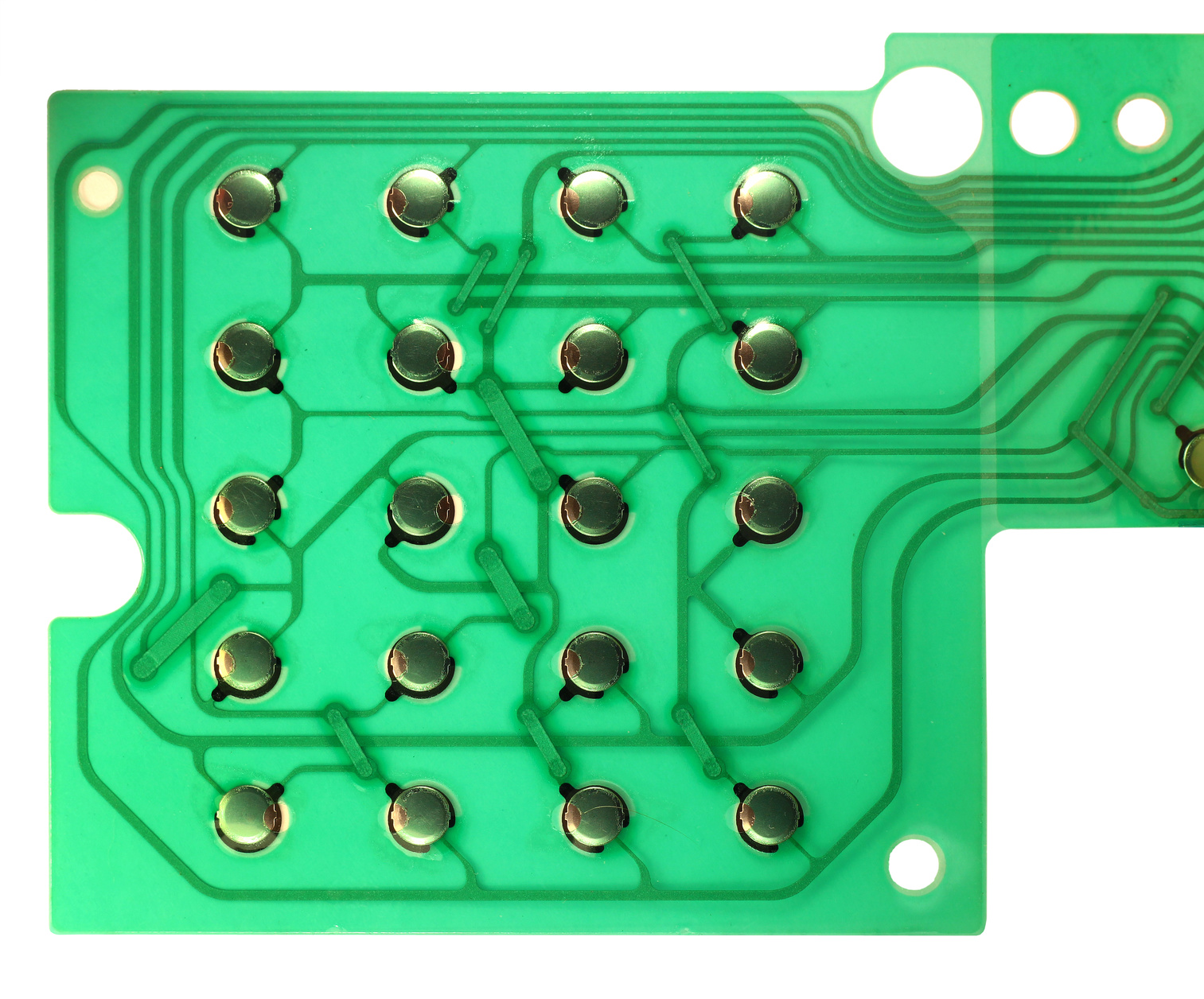Just How Membrane Layer Changes Add To the Toughness of Electronic Control Panels
Membrane layer switches play an essential role in improving the toughness of digital control panels, mostly with their multi-layered building and construction which offers reliable defense versus ecological variables such as moisture and dust. The lack of relocating parts significantly reduces the possibility of mechanical failures, making membrane layer changes ideal for demanding applications.
Definition of Membrane Layer Switches

Membrane layer buttons are developed to be slim and light-weight, making them ideal for applications where space is restricted. They can be produced in numerous shapes, dimensions, and colors, offering adaptability in style that satisfies aesthetic and useful requirements. Furthermore, membrane switches can include numerous technologies, such as responsive feedback and LED signs, enhancing customer experience.
Due to their building and construction, membrane layer switches are commonly resistant to dust, wetness, and basic wear, contributing to their longevity in requiring environments. Their smooth layout not just facilitates very easy cleansing but likewise reduces the danger of mechanical failure, making them a preferred choice for makers seeking trustworthy individual interfaces in their electronic control panels.
Protection Versus Environmental Factors
The layout of membrane layer switches inherently provides a level of defense versus various ecological aspects, which is crucial for preserving capability in challenging conditions - Membrane Switch. These switches are commonly built with layers of adaptable products that protect internal components from moisture, dirt, and pollutants. By enveloping the wiring, membrane switches over minimize the risk of brief circuits and rust, which can substantially impair efficiency
Moreover, using durable adhesives and sealers during production enhances their resistance to environmental difficulties. Membrane buttons can endure exposure to chemicals and solvents, making them suitable for markets such as food handling and medical care, where health and tidiness are paramount. Their seamless surface design also avoids the accumulation of dirt and bacteria, assisting in much easier cleansing and maintenance.
Temperature fluctuations are another environmental problem, and membrane switches are crafted to operate efficiently across a large array of temperature levels (Membrane Switch). This versatility guarantees that control panels continue to be operational in different setups, from industrial atmospheres to customer electronic devices
Effect On User Communication
User communication with digital control board is significantly affected by the layout and capability of membrane buttons. These buttons offer a tactile interface that enhances the overall why not try this out customer experience, enabling intuitive navigation and control. Their responsive nature ensures that individuals obtain prompt comments upon activation, which is crucial for jobs calling for precision and performance.
Furthermore, the smooth surface of membrane switches assists in easy cleaning and maintenance, advertising user self-confidence in the integrity of the interface. This cleanliness is specifically vital in atmospheres where health is vital, such as clinical or food handling settings. Additionally, the small and lightweight style of membrane layer changes adds to the aesthetic allure of control panels, encouraging customer involvement with a contemporary and smooth appearance.
Additionally, the combination of visual elements, such as printed icons and backlighting, assists customers rapidly identify features, lowering the discovering contour connected with new equipment. Therefore, customers can operate gadgets more properly, resulting in increased efficiency and fulfillment. In recap, membrane layer switches play a pivotal function in enhancing customer communication by incorporating capability, appearances, and simplicity of use, inevitably resulting in enhanced functional effectiveness.
Layout Versatility and Modification
Layout flexibility and personalization are crucial aspects of membrane switches, enabling makers to customize electronic control board to certain applications and user requirements. This versatility permits the assimilation of various style components, such as shades, graphics, and structures, which can improve the aesthetic charm and individual involvement of the control board.
Membrane buttons can be customized in try this out size and form, fitting a large range of gadgets and applications, from industrial machinery to consumer electronics. This adaptability guarantees that makers can produce instinctive user interfaces that align with user expectations and operational requirements. In addition, the capacity to integrate distinct functions such as backlighting or tactile responses even more enhances functionality, enabling a much more interactive experience.
Moreover, the production procedure for membrane layer switches over supports the fast prototyping of layouts, making it possible for suppliers to repeat and refine their principles promptly. This capability not only accelerates the advancement timeline however likewise makes certain that the end product satisfies particular useful and aesthetic standards.

Cost-Effectiveness and Longevity
Cost-effectiveness and long life are considerable benefits of membrane switches, making them an appealing choice for makers and end-users alike. These switches are generally more economical to generate than typical mechanical switches, mostly due to their streamlined manufacturing processes and the lowered number of components needed. This price benefit expands not just to initial production however also to lasting functional expenditures, as membrane layer buttons typically require less upkeep and have a lower failure price.
Additionally, the longevity of membrane changes adds to their overall worth. Created from resilient materials, they are immune to ecological variables such as dampness, dust, and chemicals, which can cause early wear in other button types. The absence of moving parts decreases mechanical failure, allowing membrane layer switches to maintain functionality over prolonged durations.
This resilience is especially helpful in applications needing regular efficiency under requiring problems, such as medical gadgets and commercial devices. Inevitably, the combination of cost-effectiveness and long life makes membrane changes an economically viable option for producers, providing trustworthy options that withstand the examination of time while enhancing financial factors to consider.
Conclusion
Finally, membrane layer Extra resources switches dramatically boost the durability of electronic control panels through their durable building and safety attributes. By efficiently shielding wiring from ecological hazards and lessening the danger of mechanical failing, these buttons ensure consistent performance sought after applications. The seamless layout promotes hygiene and ease of maintenance, while customization options enable tailored solutions for various needs. In general, membrane switches over stand for a dependable and cost-effective choice for enhancing the longevity and capability of digital control systems.